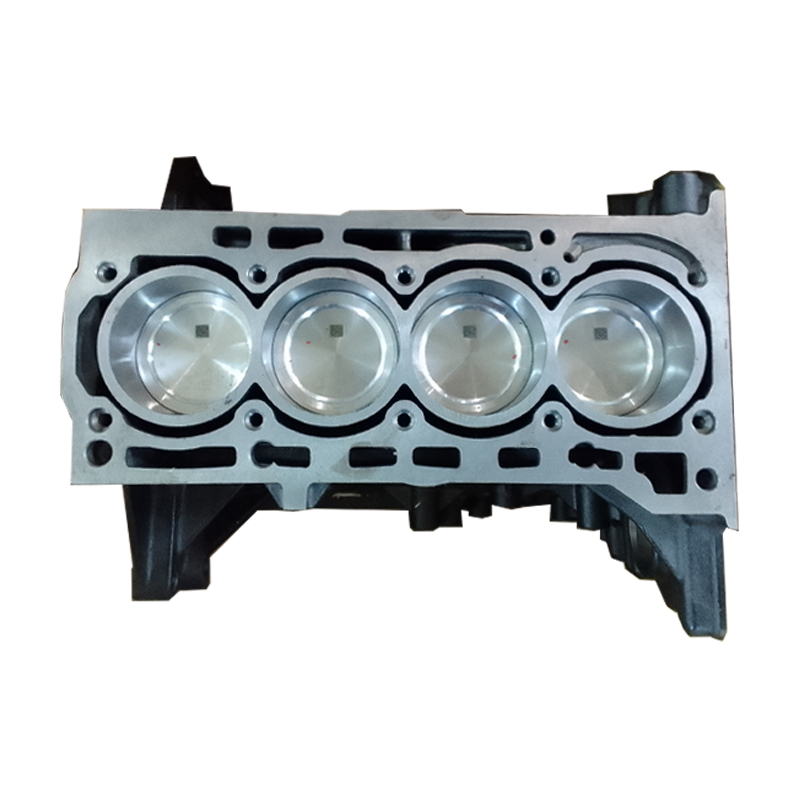Get the best clp engine for your specific needs.
Get the best clp engine for your specific needs.
Blog Article
Just How a Clp Engine Can Boost Performance in Various Industries
The arrival of CLP engines marks a significant shift in operational effectiveness throughout numerous sectors, driven by their capability to enhance gas intake and minimize downtime. As organizations progressively focus on sustainability along with performance, the duty of CLP engines becomes even much more essential.
Summary of CLP Engines
CLP engines, or Continuous Liquid Propellant engines, stand for a considerable improvement in propulsion innovation, especially for area applications. These engines use a continuous feed system that permits the continual expulsion of propellant, causing enhanced efficiency and efficiency compared to traditional solid or hybrid propulsion systems. By keeping a continuous flow of fluid propellant, CLP engines can accomplish much more specific drive control, which is important for navigating spacecraft in various goal situations.
The design of CLP engines incorporates sophisticated products and ingenious fuel administration systems. clp engine. This results in decreased weight and increased dependability, important variables for long-duration area missions. The constant procedure reduces the threat of combustion instability, a typical challenge in traditional rocket engines.

Benefits in Production
The production of Continual Fluid Propellant (CLP) engines provides a number of significant benefits that improve both effectiveness and cost-effectiveness. One of the primary advantages is the structured manufacturing process, which reduces the complexity associated with traditional propulsion systems. By making use of fluid propellant, makers can accomplish greater precision in engine efficiency, bring about enhanced power result and minimized waste.
Furthermore, CLP engines facilitate a greater level of modularity, enabling easier assimilation right into various manufacturing lines. This adaptability can significantly decrease lead times and boost general operational adaptability. Making use of CLP technology additionally has a tendency to lessen the demand for considerable upkeep due to less moving components, which translates right into decreased downtime and functional expenses.

Applications in Logistics
Leveraging Continuous Liquid Propellant (CLP) engines in logistics offers significant advantages in operational efficiency and dependability. These engines supply a durable option for different transport requirements, making it possible for the smooth activity of items throughout substantial ranges. The integral layout of CLP engines enables regular power result, which converts right into smoother and extra foreseeable transport timetables.
Among the vital applications of CLP engines in logistics remains in sturdy products transportation, where they can drive both ground and airborne vehicles. Their ability to preserve high efficiency under differing lots problems makes sure that shipment timelines are satisfied, consequently enhancing consumer satisfaction. In addition, CLP engines can be incorporated into automated logistics systems, helping with real-time tracking and maximizing path preparation.
Additionally, the longevity of CLP engines minimizes maintenance downtime, permitting logistics firms to maximize their functional abilities. This is particularly valuable in warehousing procedures, where efficiency in taking care of and delivering goods is crucial. As logistics remains to advance, the assimilation of CLP engines stands for a forward-thinking method that not just enhances efficiency yet likewise sustains the sector's expanding demands for dependability and rate.
Influence On Power Performance
Exactly How do Continual Liquid Propellant (CLP) engines improve power effectiveness in transportation? CLP engines utilize a consistent flow of liquid gas, enhancing burning procedures and preserving a steady thrust outcome. This layout decreases energy losses connected with traditional burning engines, where fuel shipment can differ and bring about inadequacies.
The continuous operation of CLP engines permits for an extra effective thermal cycle, causing higher particular impulse contrasted to traditional engines. clp engine. This converts to minimized gas consumption for the same quantity of job done, dramatically decreasing functional costs get redirected here across various transportation sectors, including air travel and maritime markets
Moreover, the capability of CLP engines to keep ideal efficiency under varying tons problems decreases the requirement for regular acceleration and slowdown, better enhancing fuel effectiveness. Boosted energy effectiveness not only contributes to set you back financial savings however additionally leads to decrease greenhouse gas exhausts, aligning with international sustainability important link objectives.
Future Trends and Innovations
Arising developments in Continuous Fluid Propellant (CLP) engine innovation promise to change the landscape of transportation performance and sustainability. As sectors pivot towards greener options, CLP engines stand at the leading edge, integrating cutting-edge products and design methodologies that enhance efficiency while lessening environmental impact.
One of one of the most appealing trends is the fostering of crossbreed systems that integrate CLP engines with renewable resource resources. This synergy can optimize gas usage and decrease exhausts, straightening with worldwide sustainability goals. In addition, improvements in computational fluid dynamics (CFD) are promoting the style of more aerodynamically reliable engines, causing decreased drag and improved gas efficiency.
Additionally, the growth of wise monitoring systems is established to improve operational effectiveness. These systems leverage information analytics and IoT technology to maximize engine performance in real-time, making certain that the engines run within their most efficient criteria.
As research study remains to check out alternative propellant solutions-- such as biofuels and synthetic fuels-- the future of CLP engines looks encouraging. By utilizing these technologies, markets can not just improve their effectiveness but additionally contribute dramatically to a cleaner, much more lasting future in transport.
Conclusion
In verdict, CLP engines represent a substantial development in performance across several sectors. Their ability to maximize fuel intake and reduce operational expenses, integrated with a continuous feed system, boosts power outcome and operational dependability. The combination of advanced my explanation products and fewer relocating components minimizes upkeep requirements, while positioning with sustainability objectives settings CLP engines as a critical technology for the future. Proceeded development in this area assures more renovations in performance and ecological efficiency.
Report this page